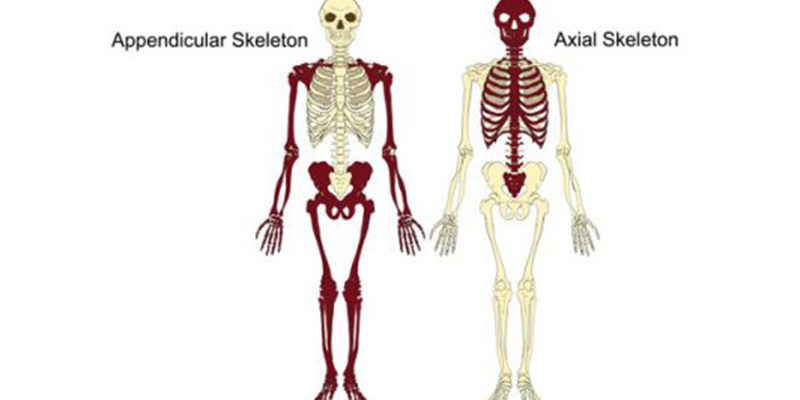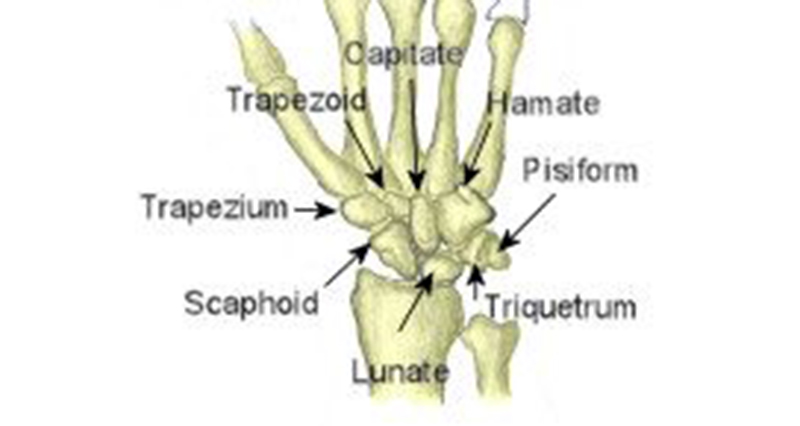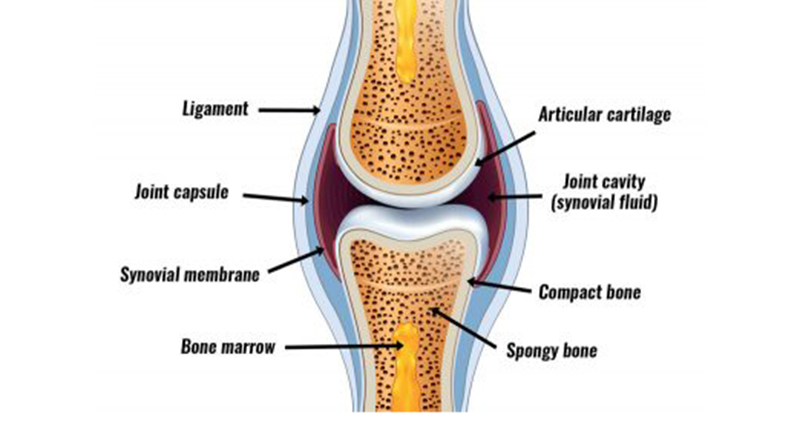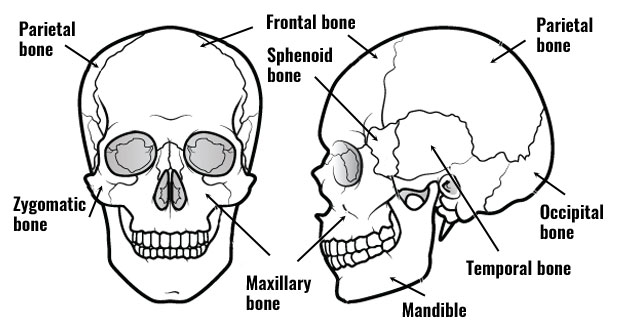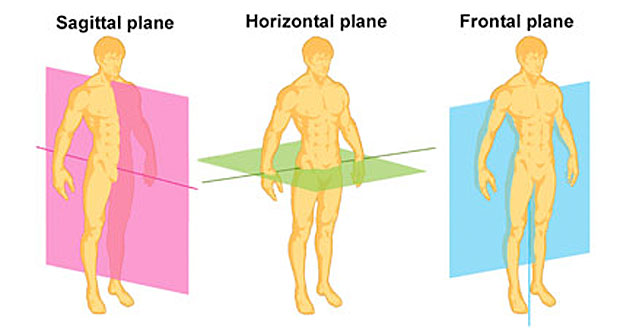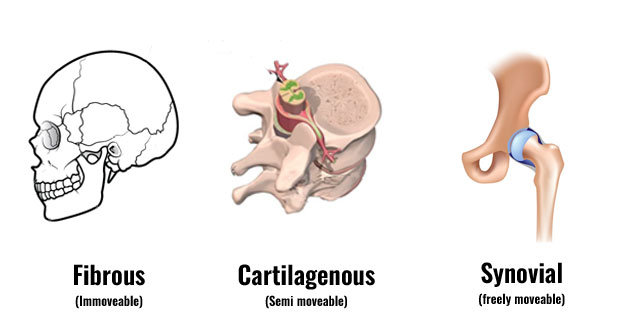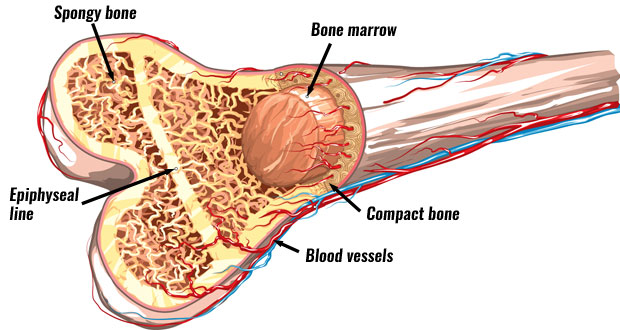The Human Skeleton is divided into two parts, the axial skeleton which is the central core of the body, and the appendicular skeleton which forms the extremities of the arms and legs.
Bones of the Axial Skeleton
The Axial Skeleton is the central core of the human body housing and protecting its vital organs. It consists of 80 bones:
- 29 bones in the head – (8 cranial and 14 facial bones) and then also 7 associated bones (6 auditory ossicles and the Hyoid Bone)
- 25 bones of the thorax – (the sternum and 24 ribs)
- 26 bones in the vertebral column (24 vertebrae, the sacrum, and the coccyx)
The function of the Axial skeleton
The Axial Skeleton has 2 functions. The first is to support and protect the organs in the dorsal and ventral cavities. The second is that it creates a surface for the attachment of muscles.
The intervertebral disc(which lies between the adjacent vertebrae in the spine) is a classic example of a joint within the Axial skeleton in that it is very strong and will only permit limited movement.
Of the 206 bones in the human body 126 of these make up the appendicular skeleton.
Bones of the Appendicular skeleton:
- 4 bones in the shoulder girdle (clavicle and scapula on each side)
- 6 bones in the arm and forearm (humerus, ulna, and radius)
- 58 bones in the hands (carpals 16, metacarpals 10, phalanges 28, and sesamoid 4)
- 2 pelvis bones
- 8 bones in the legs (femur, tibia, patella, and fibula)
- 56 bones in the feet (tarsals, metatarsals, phalanges, and sesamoid)

